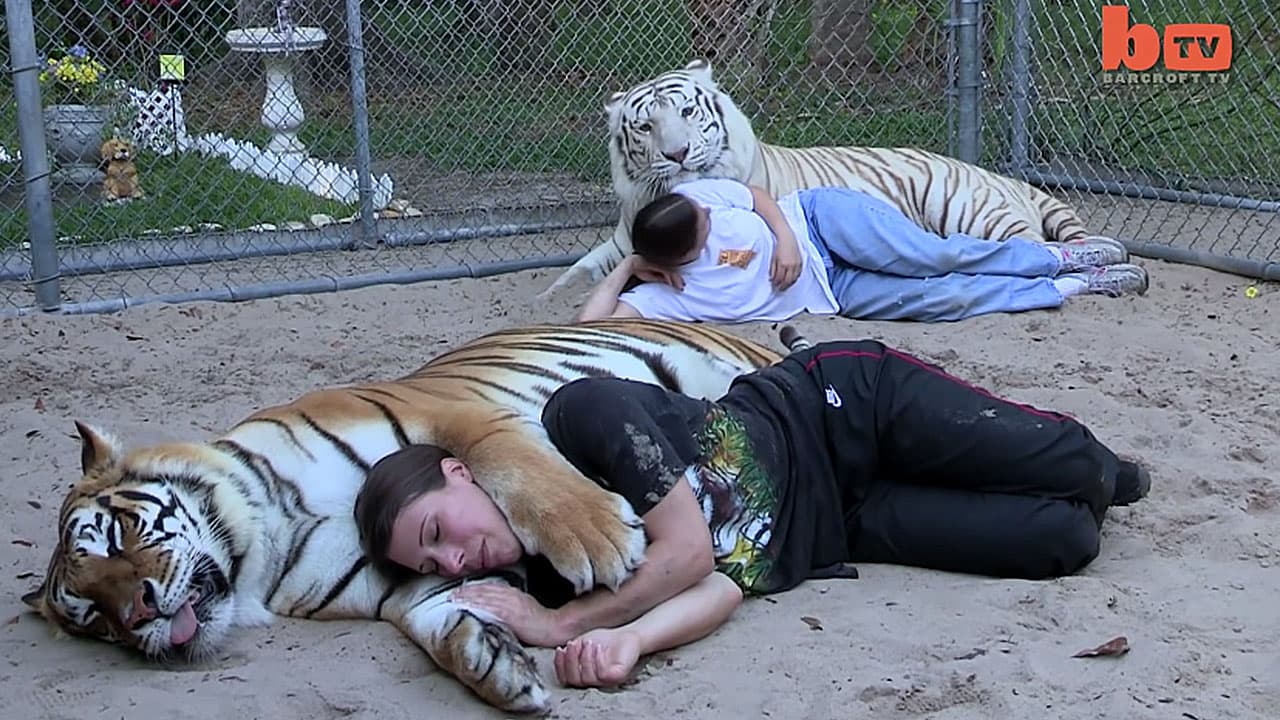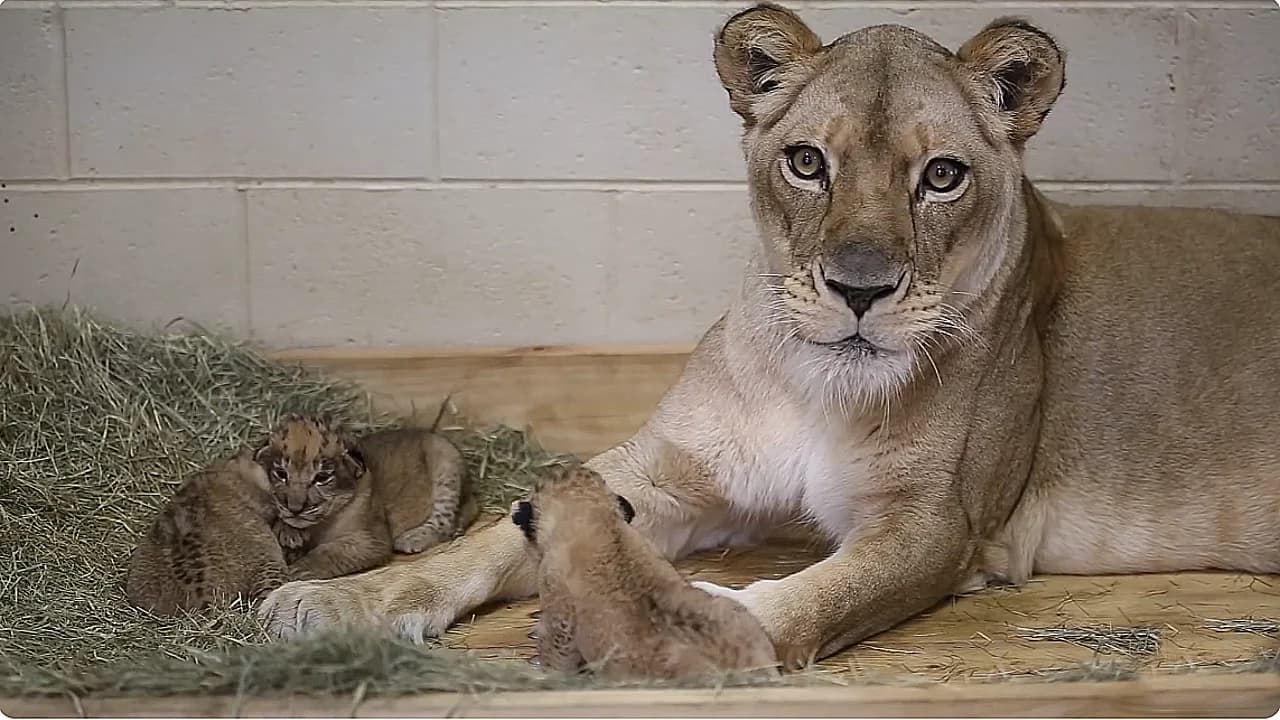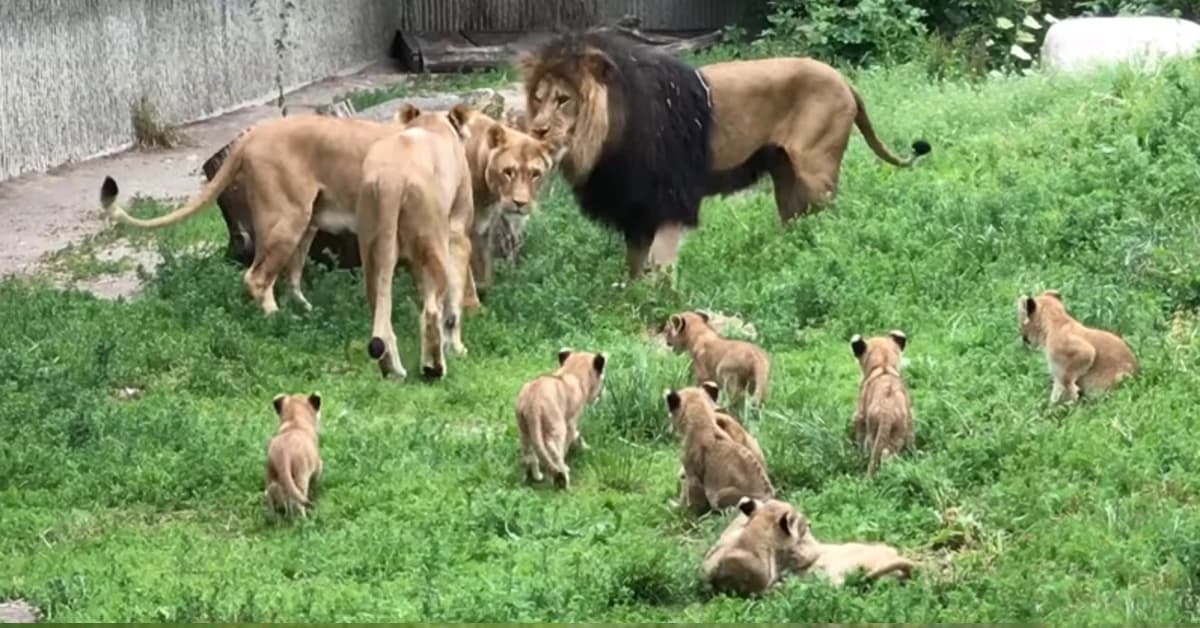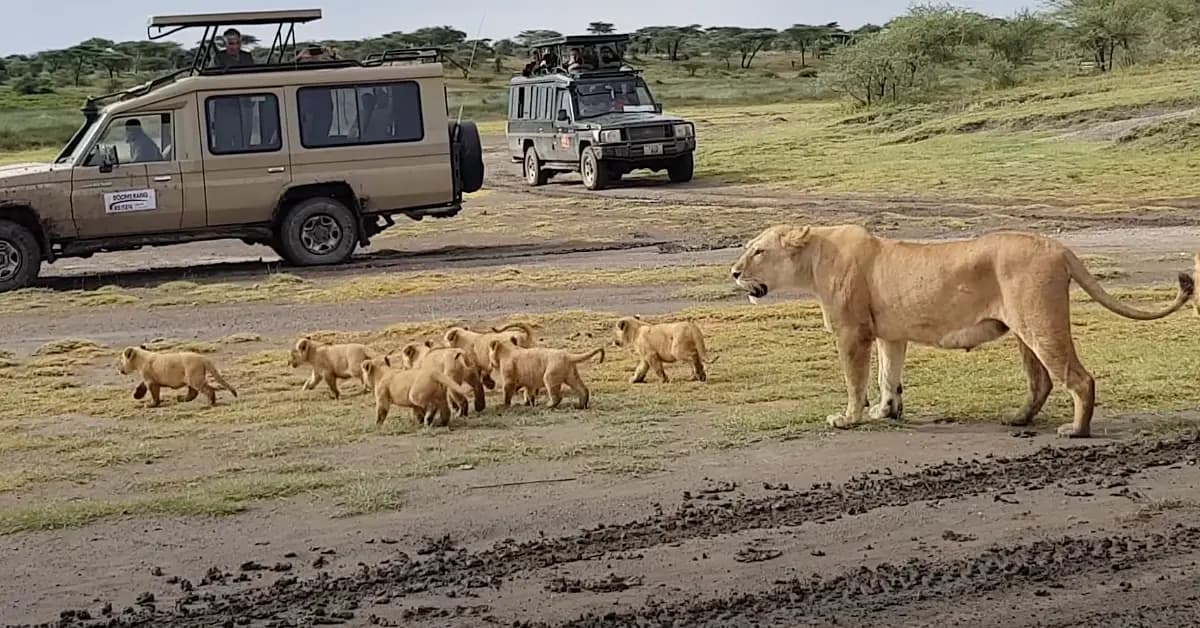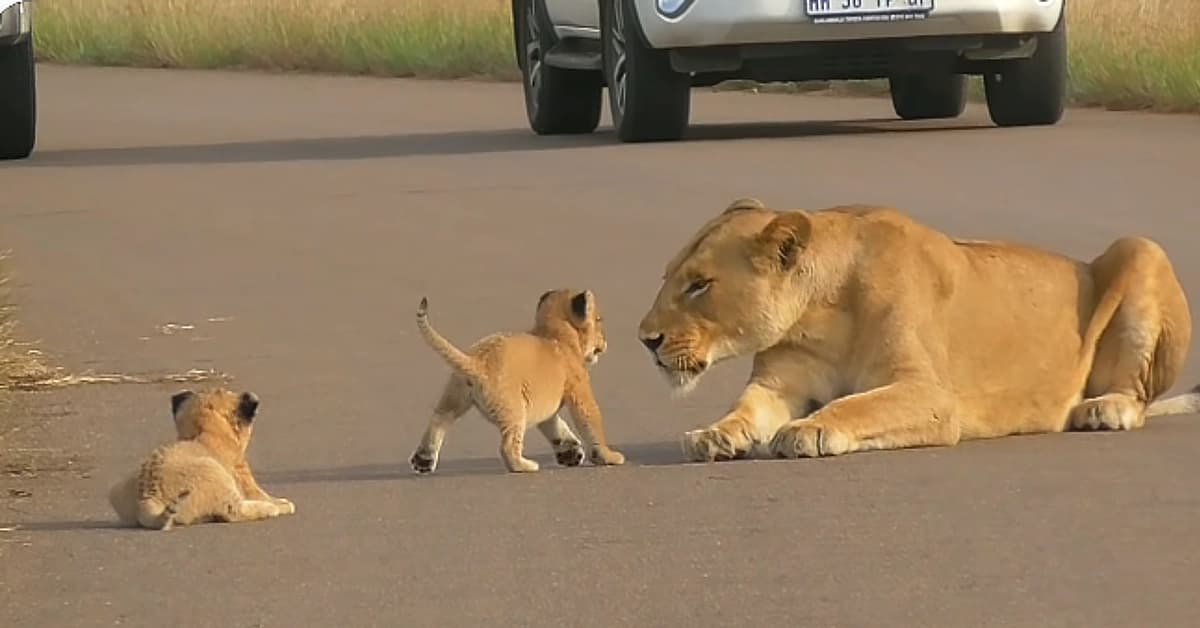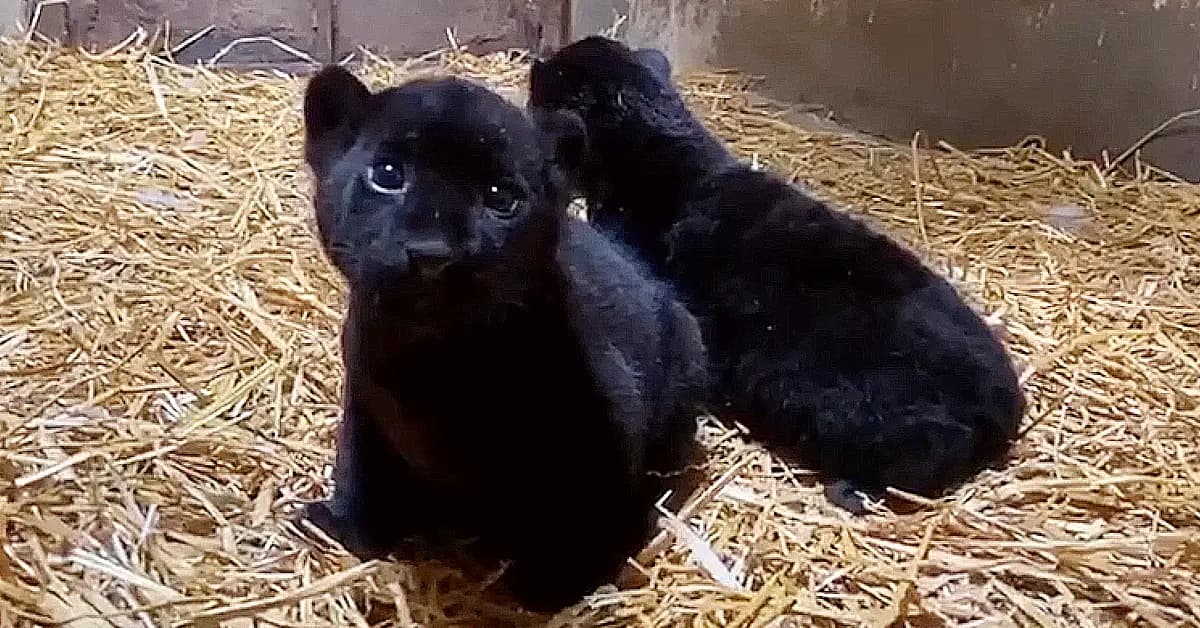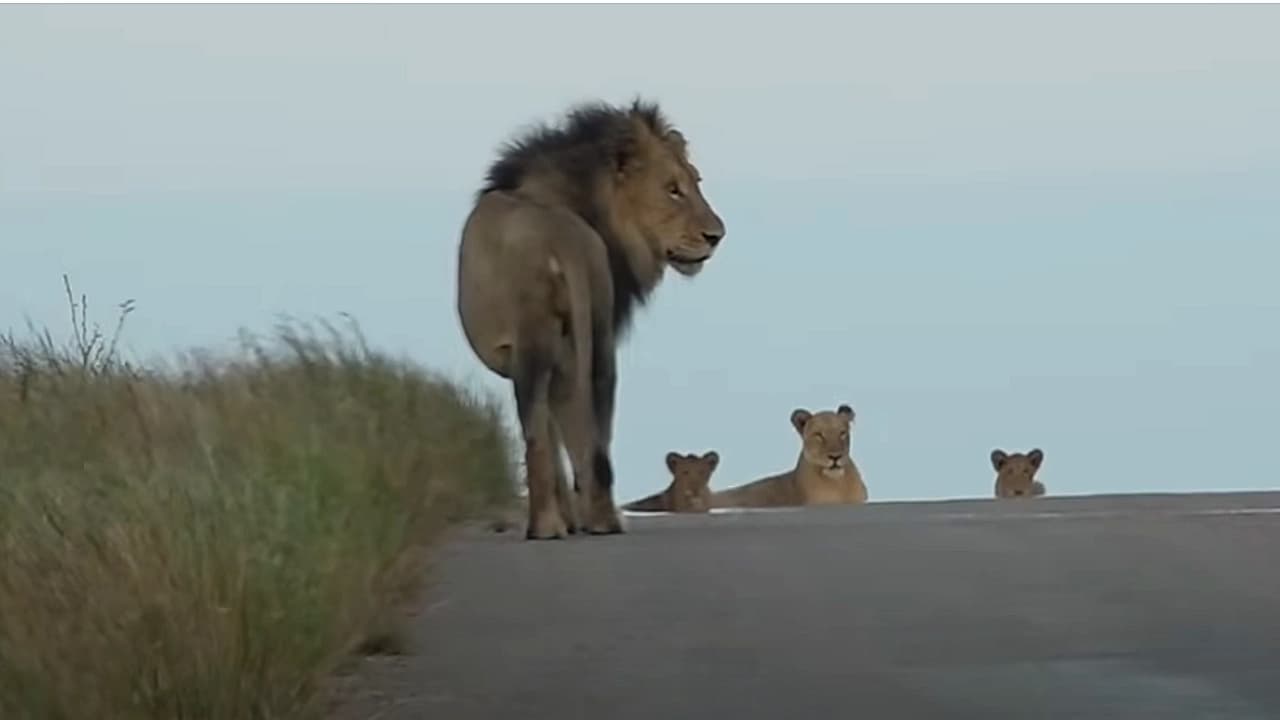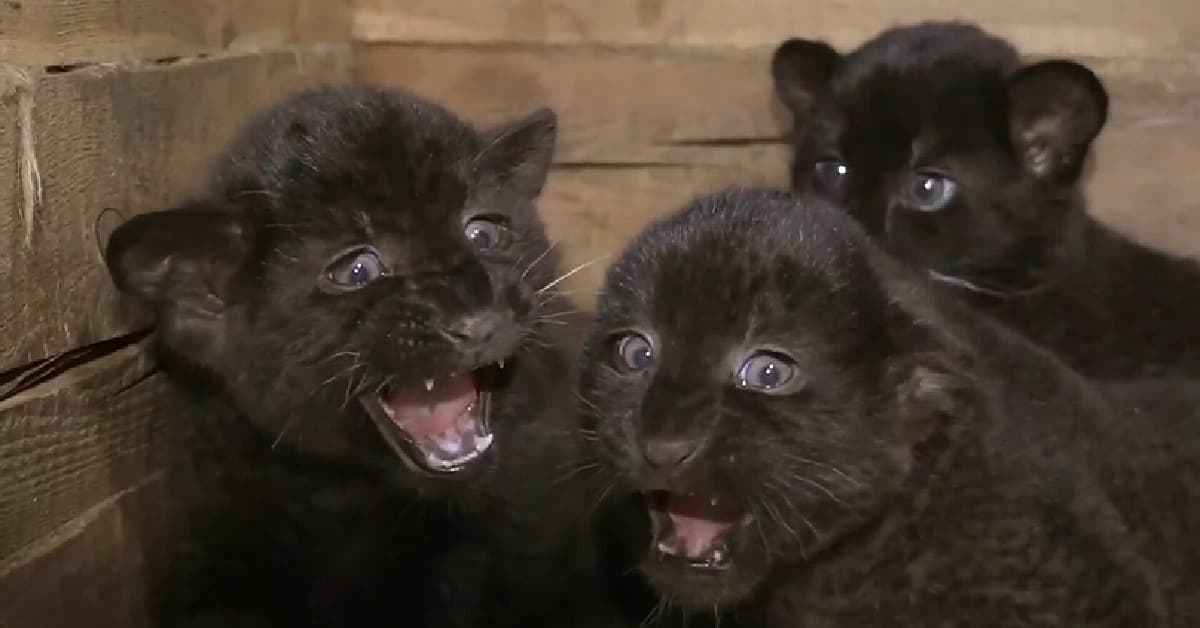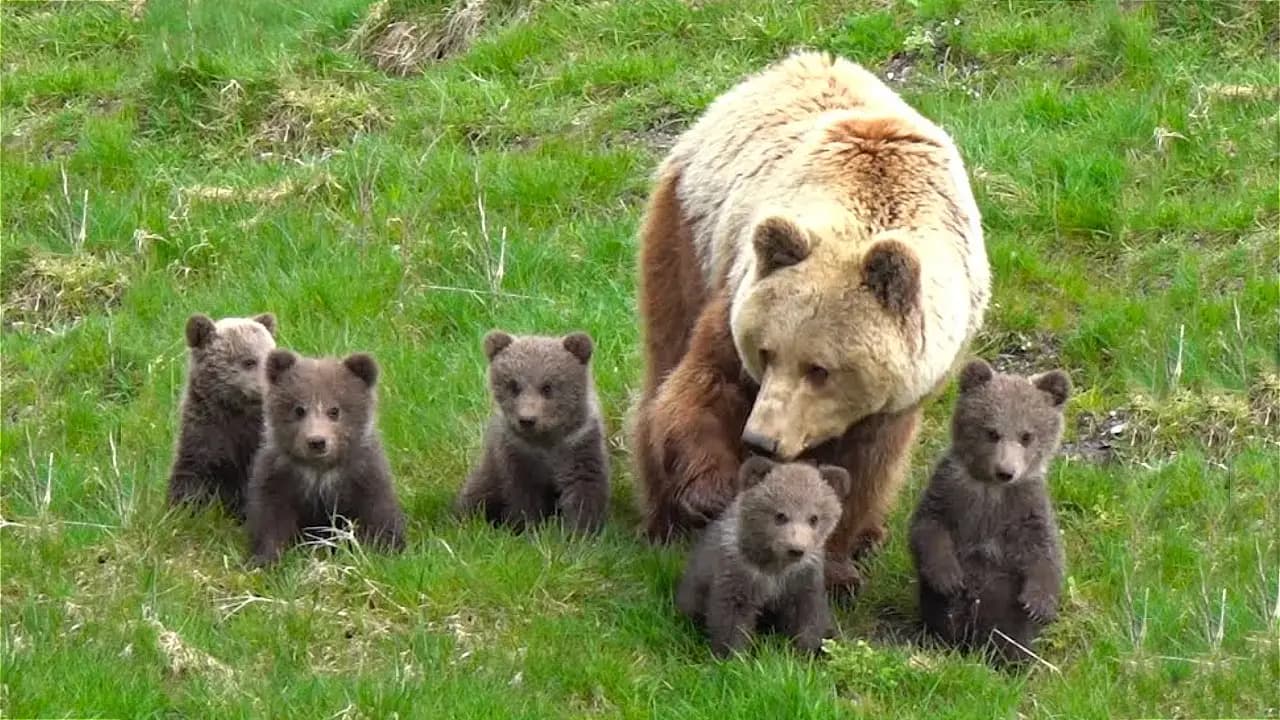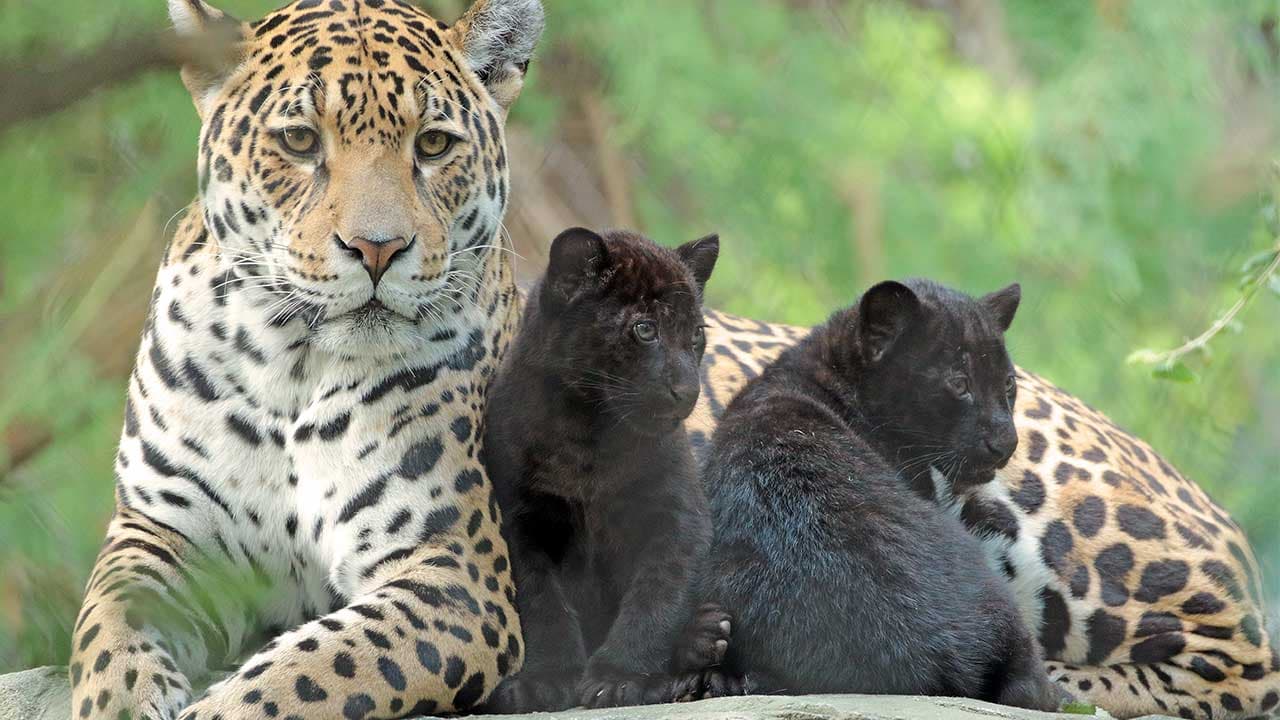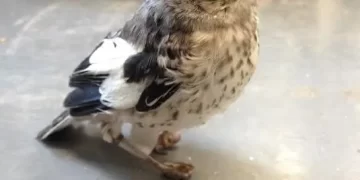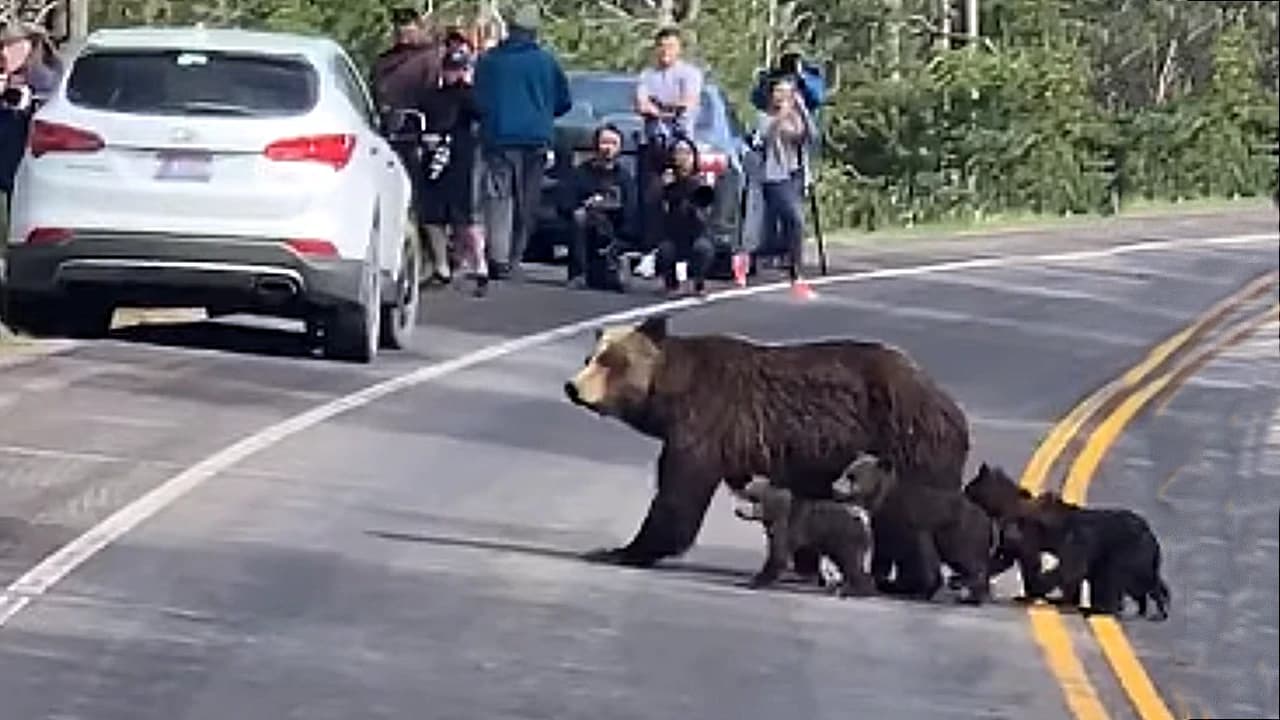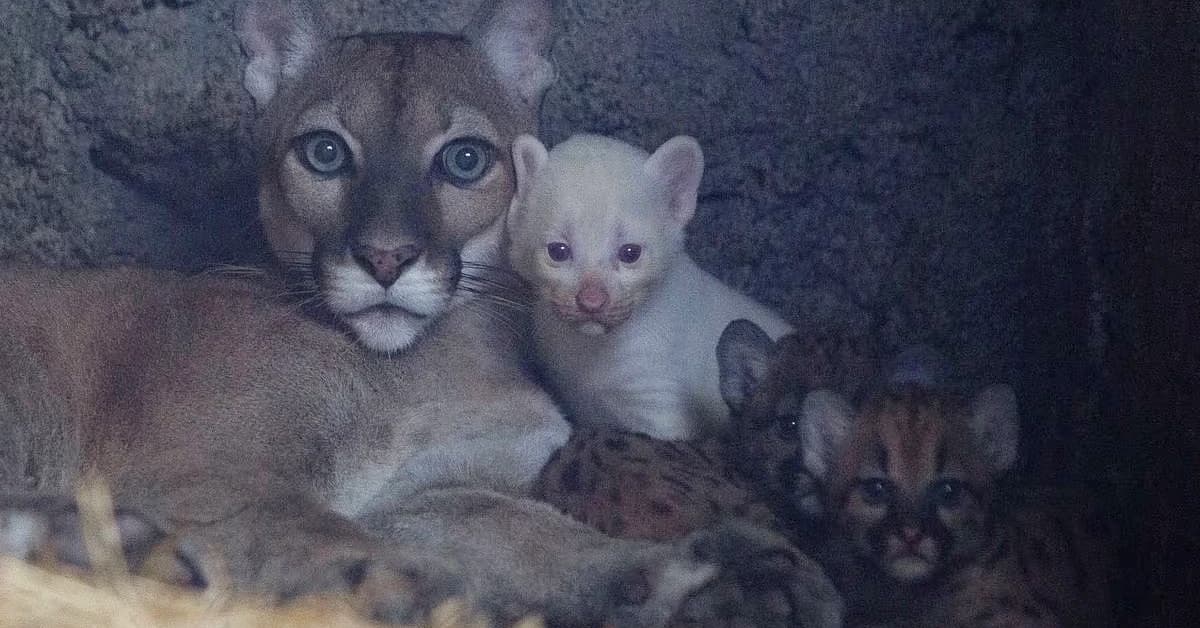
The sighting of four white lion cubs encountering humans for the first time in their natural habitat is a truly extraordinary event, one that deeply captivates wildlife enthusiasts, researchers, and conservationists alike. It is a rare and special moment that highlights not only the stunning beauty and inherent majesty of these creatures but also the pressing need for continued efforts to protect their dwindling populations. White lions are a genetic rarity, known for their striking pale fur, and their encounter with humans offers a glimpse into the delicate and fascinating world they inhabit.
This rare occurrence provides more than just a visual spectacle; it underscores the significance of ongoing conservation work aimed at ensuring the survival of these iconic animals. In a world where so many species are facing the threat of extinction, the white lion serves as both a symbol of the fragility of wildlife and a reminder of the critical importance of preserving biodiversity. As these cubs tentatively observe their human visitors, it becomes clear that their curiosity and innocence are a powerful reminder of the untamed beauty of nature, and of the many challenges these animals face to thrive in an increasingly human-dominated world.
For wildlife researchers and conservationists, such encounters are invaluable. They offer precious insights into the behavior, social dynamics, and developmental stages of white lions, whose rarity makes them a subject of intense scientific interest. By studying these cubs, researchers can gain a deeper understanding of the survival strategies of this genetic variation of the African lion, which is now found in only a few parts of the world. Observing their interactions with each other and their environment sheds light on their instincts, socialization patterns, and the ways they adapt to the often harsh realities of life in the wild.
Moreover, the sighting of these white lion cubs also highlights the many challenges that such animals face in a rapidly changing ecosystem. From habitat loss and human encroachment to poaching and climate change, the struggles they face to survive and thrive are ever-present. Yet, these cubs—who, for now, embody the hope of their species—also symbolize the resilience of life in the wild and the incredible determination it takes to preserve it. They are part of a broader effort that includes dedicated conservationists, local communities, and governments working together to create sanctuaries where animals can live in safety, far from the threats posed by human activities.
The brief interaction between these four white lion cubs and humans is also a poignant reminder of the delicate balance between wildlife and human presence. As we continue to expand into natural habitats, the impact on the delicate ecosystems we encounter can often be profound. Yet, moments like these remind us of the potential for harmony and understanding that exists when humans take a responsible and respectful approach to wildlife conservation. With the right efforts, these animals can continue to thrive in their natural environments, ensuring that future generations will have the opportunity to experience their magnificence as we have.
In conclusion, the sighting of four white lion cubs encountering humans for the first time is not just a rare and beautiful moment, but a vital reminder of the importance of ongoing conservation efforts. It underscores the urgent need to protect their habitats, preserve their species, and maintain the fragile balance of the ecosystems that sustain them. By doing so, we ensure not only the survival of the white lions but also the survival of countless other species that rely on the same ecosystems. These cubs, innocent and full of potential, embody the future of the white lion species, and their encounter with humans offers hope that with dedication and action, we can create a world where both wildlife and humans coexist in harmony.


